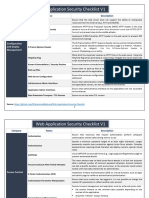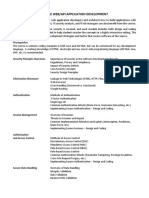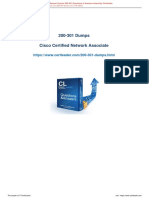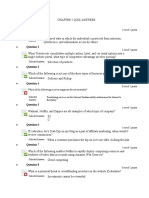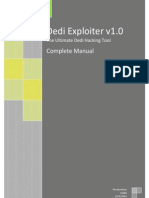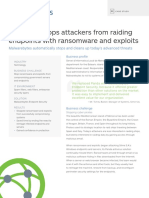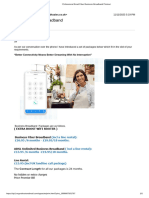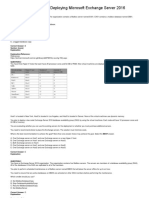0% found this document useful (0 votes)
16 views15 pagesSecure Coding Practices & Tools 2
This document serves as a quick reference checklist for securing web applications, aimed at students and professional developers. It outlines 11 key security categories, provides implementation practices, and highlights common vulnerabilities along with secure coding examples in Express.js. Additionally, it lists essential open-source security tools for developers to utilize.
Uploaded by
tomelis693Copyright
© © All Rights Reserved
We take content rights seriously. If you suspect this is your content, claim it here.
Available Formats
Download as PDF, TXT or read online on Scribd
0% found this document useful (0 votes)
16 views15 pagesSecure Coding Practices & Tools 2
This document serves as a quick reference checklist for securing web applications, aimed at students and professional developers. It outlines 11 key security categories, provides implementation practices, and highlights common vulnerabilities along with secure coding examples in Express.js. Additionally, it lists essential open-source security tools for developers to utilize.
Uploaded by
tomelis693Copyright
© © All Rights Reserved
We take content rights seriously. If you suspect this is your content, claim it here.
Available Formats
Download as PDF, TXT or read online on Scribd
/ 15






















